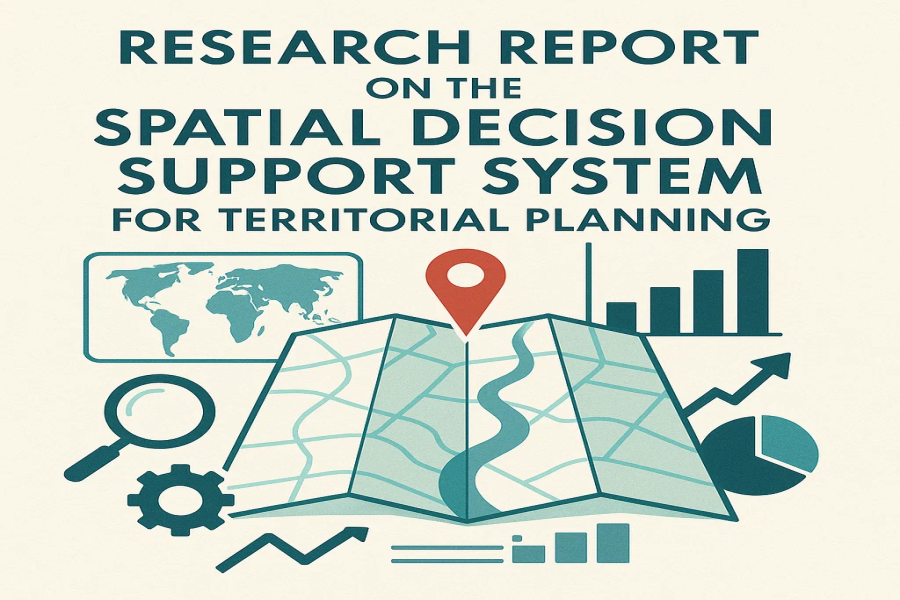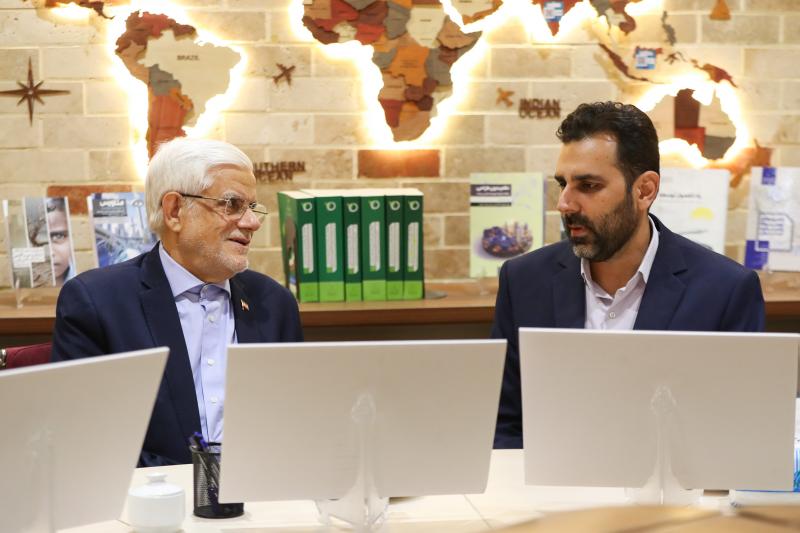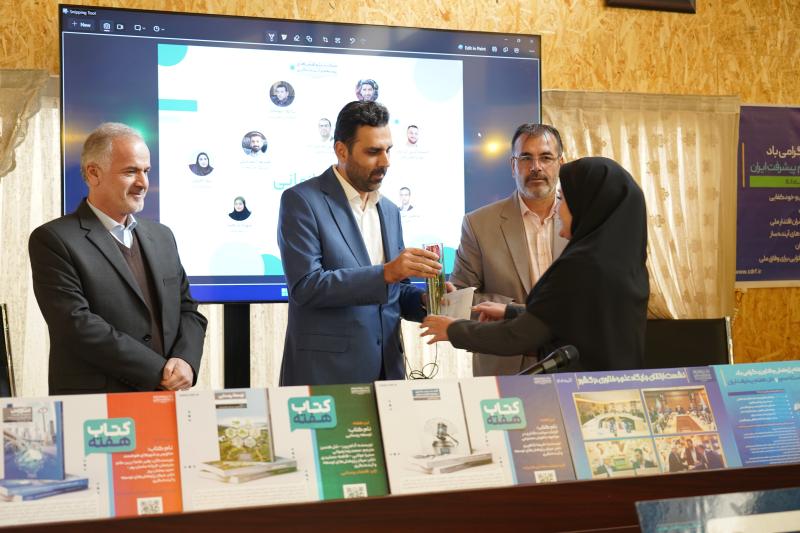
-
بررسی آییننامهها و دستورالعملهای برنامه هفتم پیشرفت
-
بررسی عوامل موثر بر افزایش تصادفات و تلفات جادهای و سوانح رانندگی و دادهکاوی تلفات انسانی
-
سازماندهی و بازآرایی فضایی آموزش عالی کشور
-
به روز رسانی سند ملی آمایش سرزمین
-
انجام مطالعات مناطق آزاد به عنوان نواحی پیشران اقتصادی کشور
-
اصلاح ساختار بودجه و پیاده سازی نظام یکپارچه مدیریت اطلاعات مالی دولت (IFMIS)
کلید واژه : Spatial planning
تعداد اخبار : 19
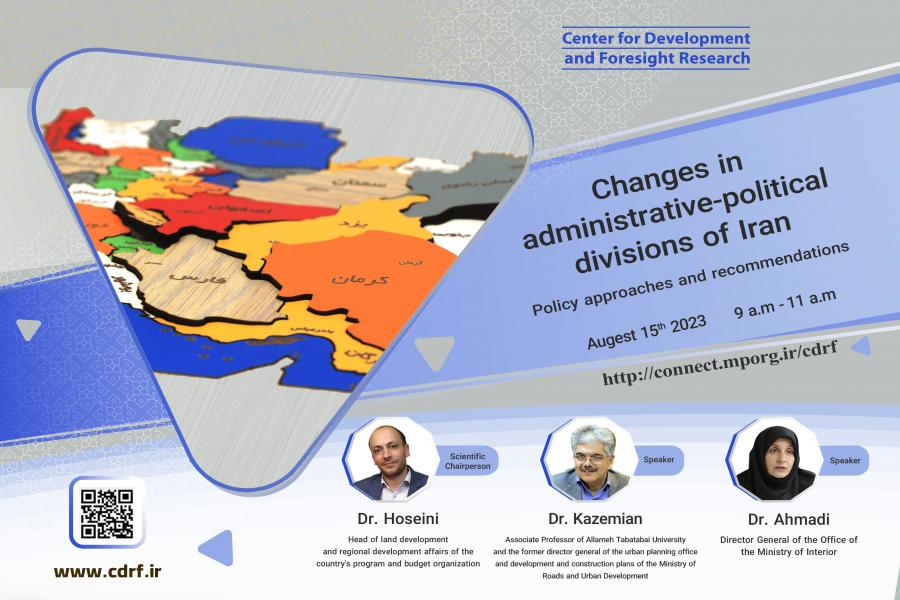
National Land Use Plan: The Key to Balanced Development and Budget Resource Allocation
The scientific-specialized conforence of "Transformations in the Administrative-Political Divisions of Iran: Approaches and Policy Recommendations" was held. 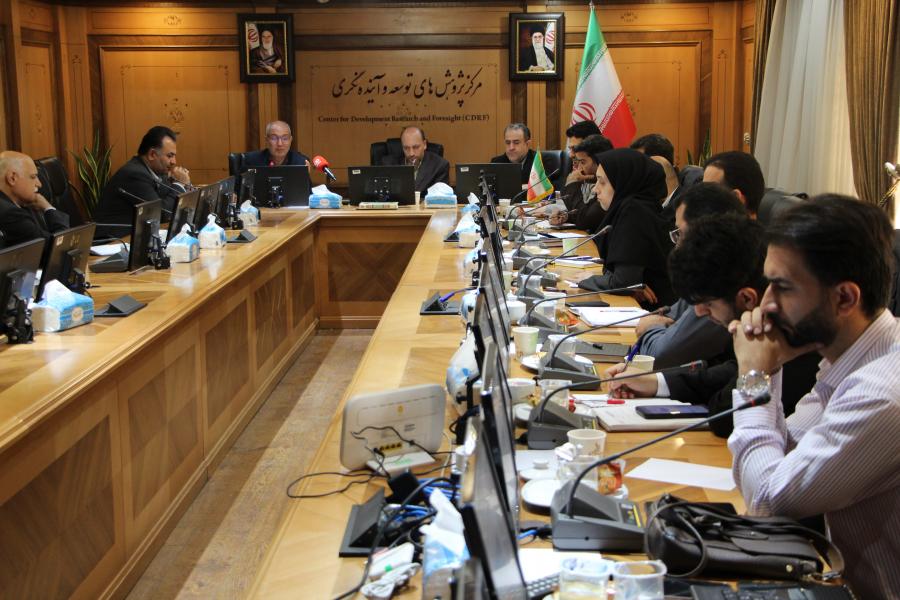
اهمیت امنیت غذایی معادل امنیت ملی است
در نشست علمی تخصصی مرکز پژوهش‌های توسعه و آینده‌نگری مطرح شد: تنش آب یکی از مهم‌ترین مسائل امروز در دنیا است، فعالیت کشاورزی مهم‌ترین نوع فعالیت در بحث آمایش سرزمین است، امروزه در جهان ازیک‌طرف با افزایش مصرف و از طرفی با کمبود منابع مواجه هستیم، امنیت غذایی در اکثر کشورهای جهان معادل امنیت ملی است، امنیت غذایی یعنی تأمین غذای سالم، کافی و مقوی برای همه افراد.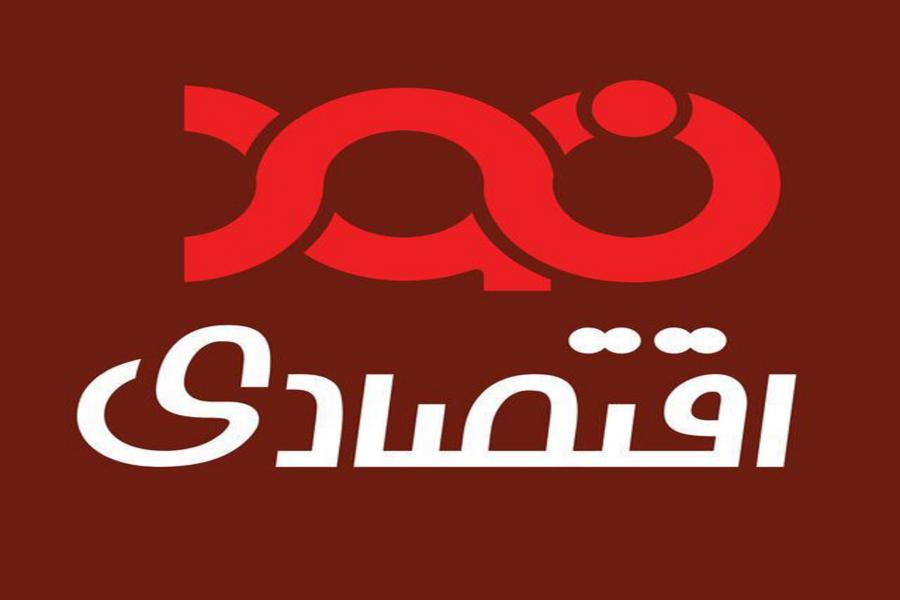
اهمیت امنیت غذایی معادل امنیت ملی است
به گزارش «نود اقتصادی» در این نشست که با عنوان "حکمرانی آمایش محور؛ سه‌گانه امنیّت آب و غذا و معیشت کشاورز" و با حضور دکتر سیّد جعفر حسینی، رئیس امور آمایش سرزمین و توسعه منطقه‌ای سازمان برنامه‌وبودجه کشور به‌عنوان مدیر علمی، دکتر اسکندر زند، استاد مؤسسه تحقیقات گیاه‌پزشکی کشور و معاون پیشین وزارت جهاد کشاورزی و دکتر آرمین توحیدی، سرپرست گروه کشاورزی، منابع طبیعی و محیط زیست دانشکده حکمرانی دانشگاه تهران به‌عنوان سخنران به ایراد نقطه‌نظرات خود پرداختند.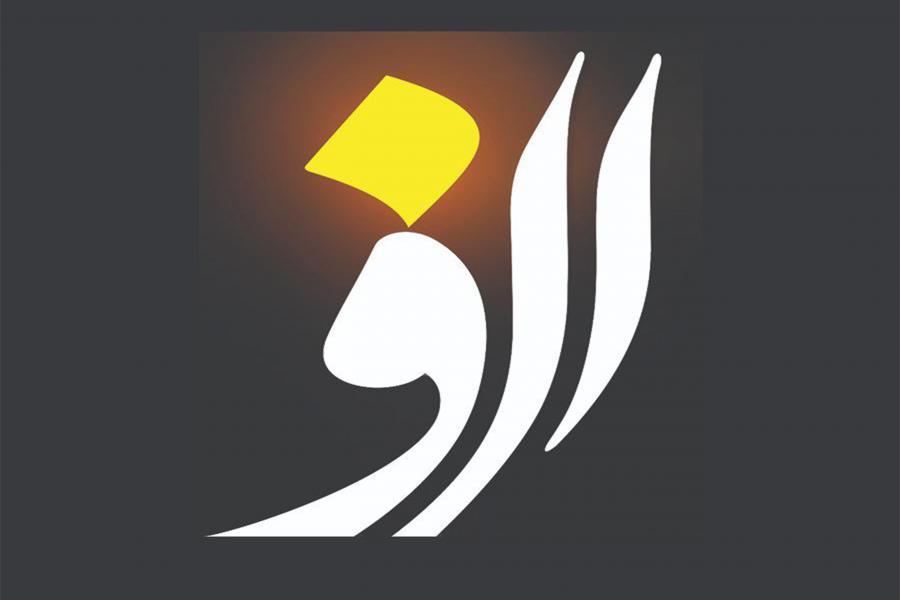
اهمیت امنیت غذایی معادل امنیت ملی است
در نشست علمی تخصصی مرکز پژوهش‌های توسعه و آینده‌نگری مطرح شد: تنش آب یکی از مهم‌ترین مسائل امروز در دنیا است، فعالیت کشاورزی مهم‌ترین نوع فعالیت در بحث آمایش سرزمین است، امروزه در جهان ازیک‌طرف با افزایش مصرف و از طرفی با کمبود منابع مواجه هستیم، امنیت غذایی در اکثر کشورهای جهان معادل امنیت ملی است، امنیت غذایی یعنی تأمین غذای سالم، کافی و مقوی برای همه افراد..jpg)
CDRF Conference Discusses Planning-oriented Governance for Water, Food, and Farmer's Livelihood Security
The Center for Development Research and Foresight (CDRF) held a conference on planning-oriented governance for water, food, and farmer's livelihood security. The conference speakers discussed the importance of agriculture in land use planning, the three pillars of food security, and global challenges to food security. They also defined land use planning and food sovereignty, and emphasized the importance of sustainable farming practices. The CDRF conference highlighted the critical role of agriculture and food security in land use planning. The speakers discussed the challenges to food security and the need for sustainable farming practices. They also emphasized the importance of empowering producers and consumers with control over the production, distribution, and consumption of food.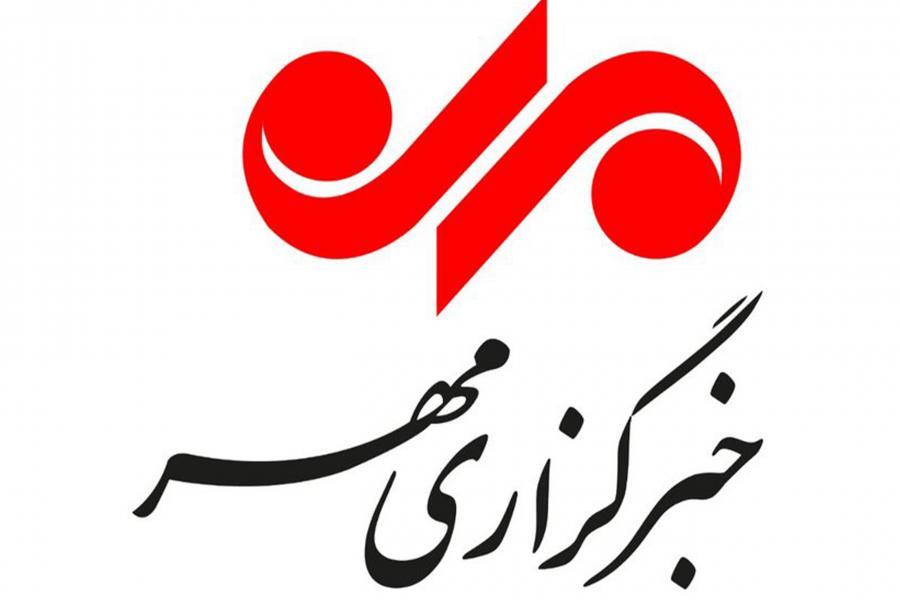
اهمیت امنیت غذایی معادل امنیت ملی است
به گزارش خبرگزاری مهر در نشست علمی تخصصی مرکز پژوهش‌های توسعه و آینده‌نگری گفته شد که تنش آب یکی از مهم‌ترین مسائل امروز در دنیا است، فعالیت کشاورزی مهم‌ترین نوع فعالیت در بحث آمایش سرزمین است، امروزه در جهان ازیک‌طرف با افزایش مصرف و از طرفی با کمبود منابع مواجه هستیم، امنیت غذایی در اکثر کشورهای جهان معادل امنیت ملی است، امنیت غذایی یعنی تأمین غذای سالم، کافی و مقوی برای همه افراد.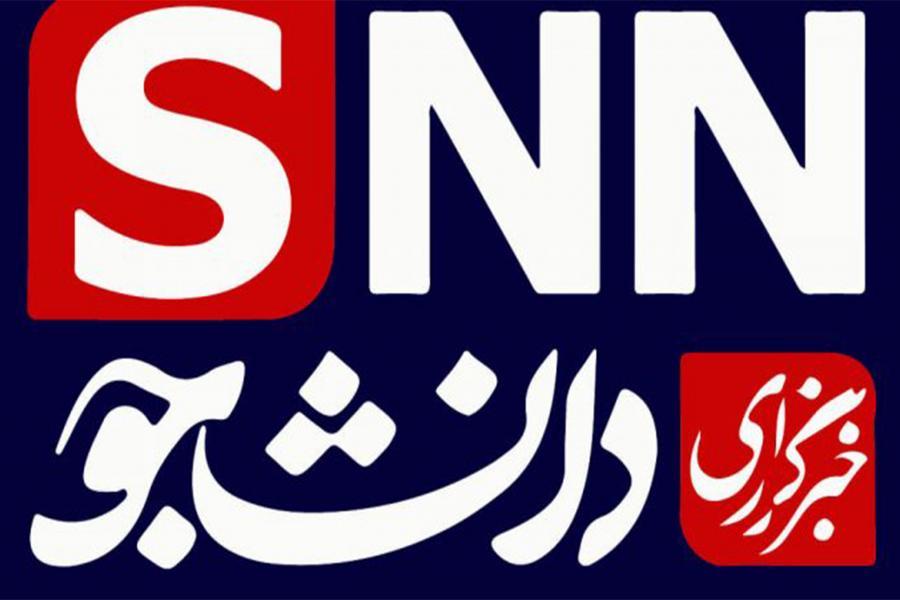
اهمیت امنیت غذایی معادل امنیت ملی است
به گزارش خبرنگار اقتصادی خبرگزاری دانشجو، در این نشست که با عنوان "حکمرانی آمایش محور؛ سه‌گانه امنیّت آب و غذا و معیشت کشاورز" و با حضور سیّد جعفر حسینی رئیس امور آمایش سرزمین و توسعه منطقه‌ای سازمان برنامه‌وبودجه کشور به‌عنوان مدیر علمی، اسکندر زند استاد مؤسسه تحقیقات گیاه‌پزشکی کشور و معاون پیشین وزارت جهاد کشاورزی و آرمین توحیدی سرپرست گروه کشاورزی، منابع طبیعی و محیط زیست دانشکده حکمرانی دانشگاه تهران به‌عنوان سخنران به ایراد نقطه‌نظرات خود پرداختند.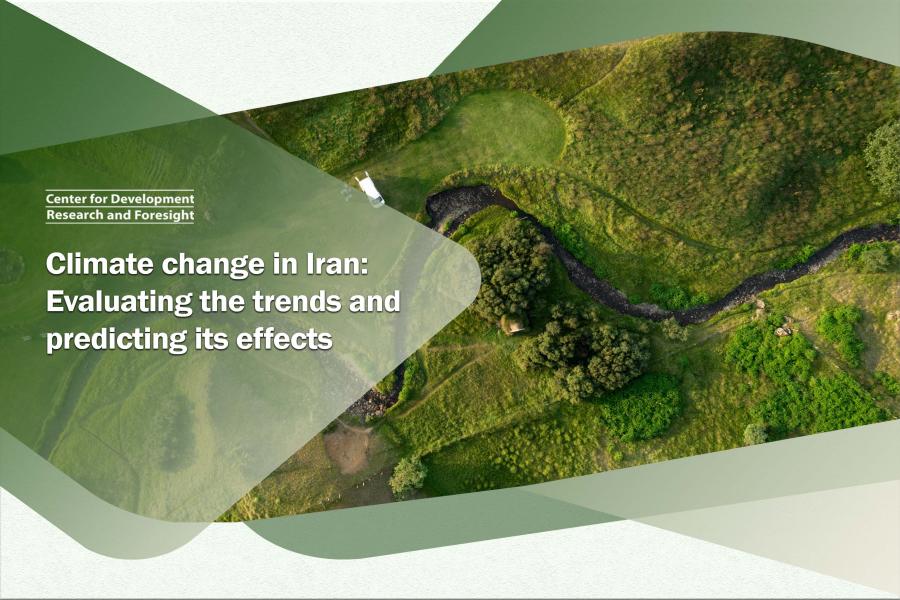
Climate change in Iran: Evaluating the trends and predicting its effects
Climate change and global warming have been one of the issues that have captured the attention of many researchers since the late twentieth century and have become the most significant challenge of the present century. The Earth's weather has been disrupted during these years, and its temperature has been increasing day by day.
Land Capability Assessment
Environmental management is a crucial response to the crisis caused by rapid economic and social changes that affect the environment. Some of these challenges are global pollution, biodiversity loss, soil erosion, and urban sprawl. However, the pace of environmental monitoring, analysis, and planning has lagged behind the emergence of these problems.
National Spatial Planning Studies: Model and Integration Process
Spatial planning is the process of designing a desirable spatial organization of activities, population, and their impacts on territory. Therefore, its main objective is to consider sectoral and regional balances and balanced land use in formulating scenarios and determining the preferred pattern of population and activity distribution.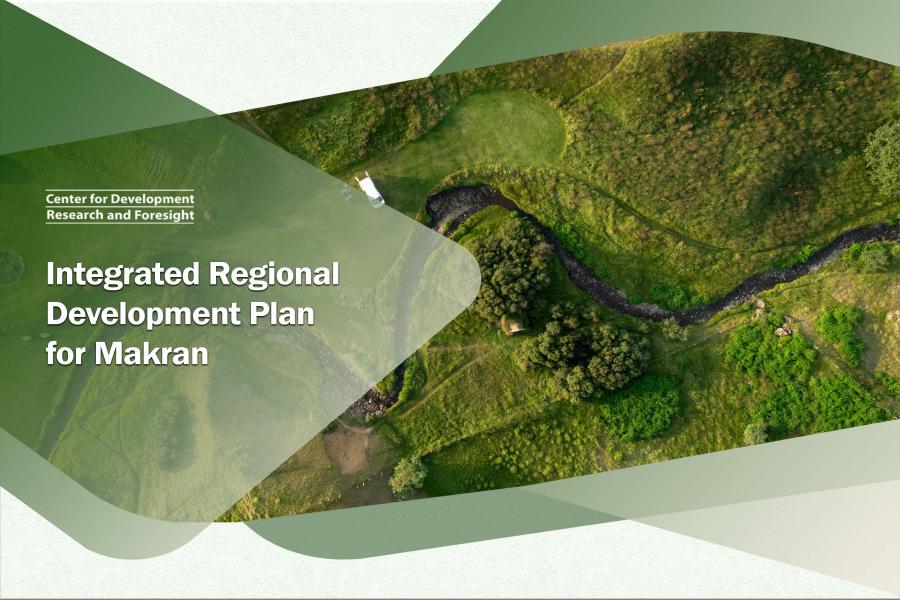
Integrated Regional Development Plan for Makran
The Makran region is one of the priorities of the country’s spatial development. Therefore, various plans and programs have been devised and implemented for this region.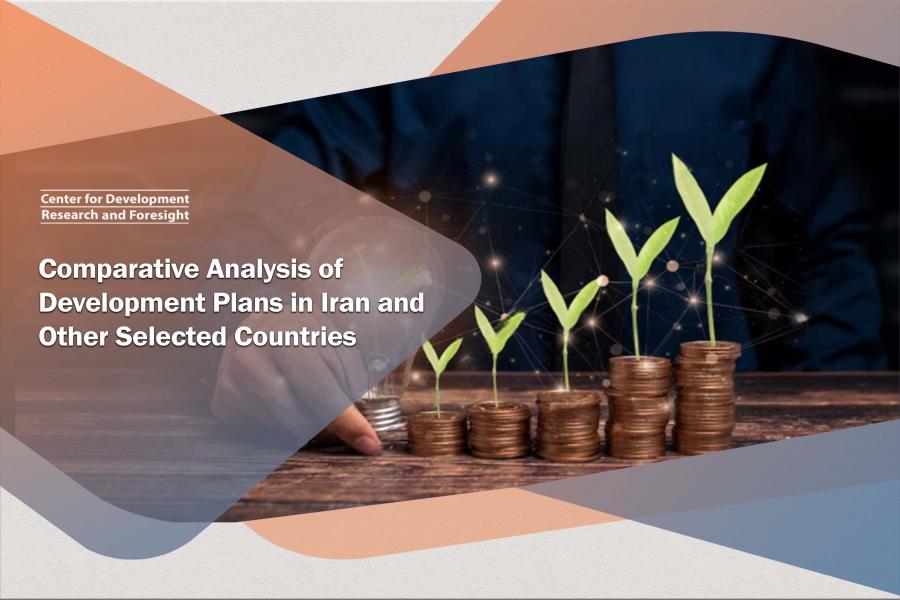
Comparative Analysis of Development Plans in Iran and Other Countries
The concept of development has been greatly influenced by the need for reconstruction and prosperity in countries involved in World War II, as well as the modernization and progress of other countries. However, development is not just about economic growth. It also includes improving income distribution, reducing poverty, expanding production capacities, and providing education, healthcare, and communication services. In essence, development aims to improve the overall quality of life and covers various aspects.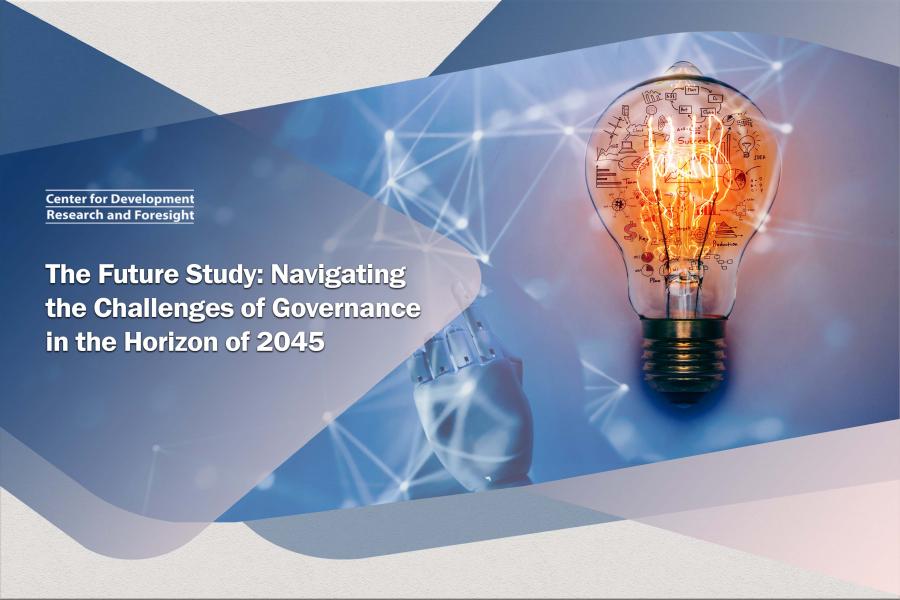
The Future Study: Navigating the Challenges of Governance in the Horizon of 2045
Spatial Planning has been characterized as a means of reclaiming land and asserting sovereignty, essentially establishing it as a category of governance and policy-making. As such, it represents a continuous evolution of governance approaches. The Spatial Planning document draws upon inputs from the political realm and public policies, culminating in a national document that serves as a public policy notification. Given that governance is the primary institution established by a society to overcome existing challenges and achieve desired outcomes, the government's utilization of the national spatial planning document fulfills a distinctly governance-oriented function. This functional affinity necessitates careful consideration of governance processes when selecting tools, including the national spatial planning document, for long-term use.
Comparative Study of Border Blockade in Selected Countries and Iran
Managing borders effectively is crucial for many countries, including Iran, which shares land and sea borders with fifteen neighboring countries. Iran's extensive border network makes it one of the most interconnected nations. Half of Iran's provinces are border regions, each with its own distinctive characteristics. Various theories seek to explain the complex relationship between security and development. Some theories advocate for a unified approach, emphasizing the complementary nature of security and development. Conversely, other theories prioritize one over the other, viewing them as separate concepts.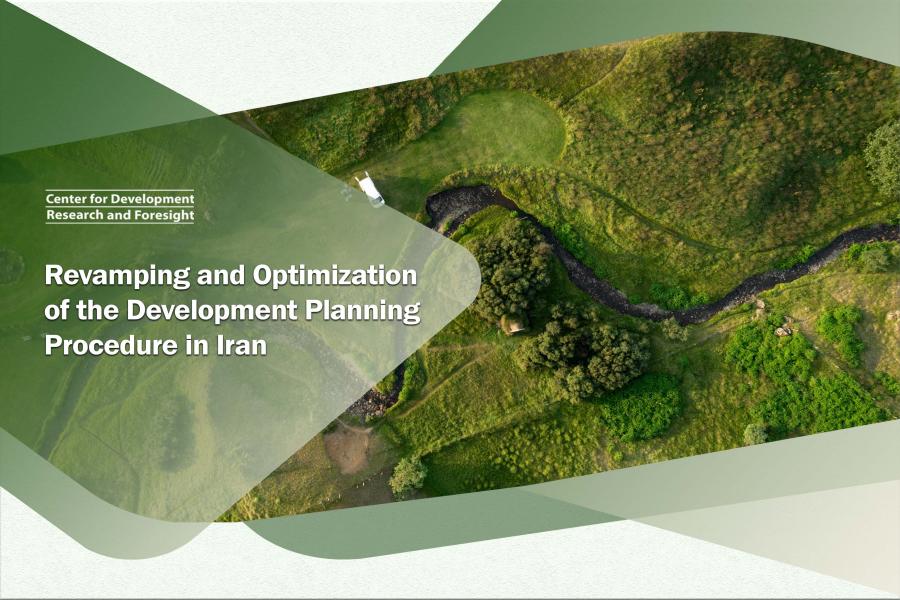
Revamping and Optimization of the Development Planning Procedure in Iran
An evaluation of Iran’s development programs across various periods reveals that most have not achieved the desired outcomes, with some exhibiting a significant performance gap relative to their stated goals. In certain instances, the substantial discrepancy between performance and objectives underscores the failure of planning within the country. Consequently, the shortcomings of planning in Iran have piqued the interest of numerous scholars and academics. The findings of these studies suggest that some plan failures can be attributed to structural deficiencies in the country’s planning system, while others are related to the political and economic issues that govern the formulation and implementation of the plan. In response to these shortcomings, proposals have been put forth to enhance programs within the country. These enhancements include utilizing key cores, rolling planning, or eliminating medium-term plans and focusing on aligning one-year plans with long-term plans.
Exploring the Spatial Structure and Characteristics of Rural Population in the Country
Given the significance of the subject and the rural microsystem's role in shaping Iran's broader land area macro-ecosystem, an initial assessment of rural areas based on selected macro-social, economic, physical, and institutional indicators reveals that this microsystem faces obstacles in fulfilling its intended role in the national development landscape. These challenges have negatively impacted the rural system's vitality due to their cascading effects.
Maritime Development is a Key to Boast Economic Growth
The recent conference at the Center for Development Research and Foresight highlighted the growing importance of the maritime economy to the country's future. Experts and officials convened to discuss the potential of the seas and coasts to drive growth, create jobs, and address some of the country's long-term challenges.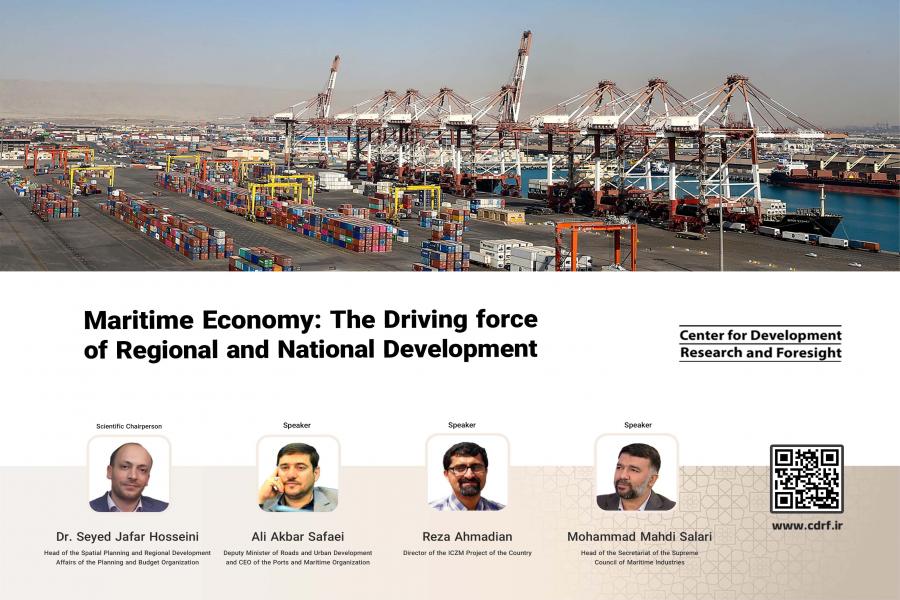
Maritime Development is a Key to Boast Economic Growth
The recent conference at the Center for Development Research and Foresight highlighted the growing importance of the maritime economy to the country's future. Experts and officials convened to discuss the potential of the seas and coasts to drive growth, create jobs, and address some of the country's long-term challenges.